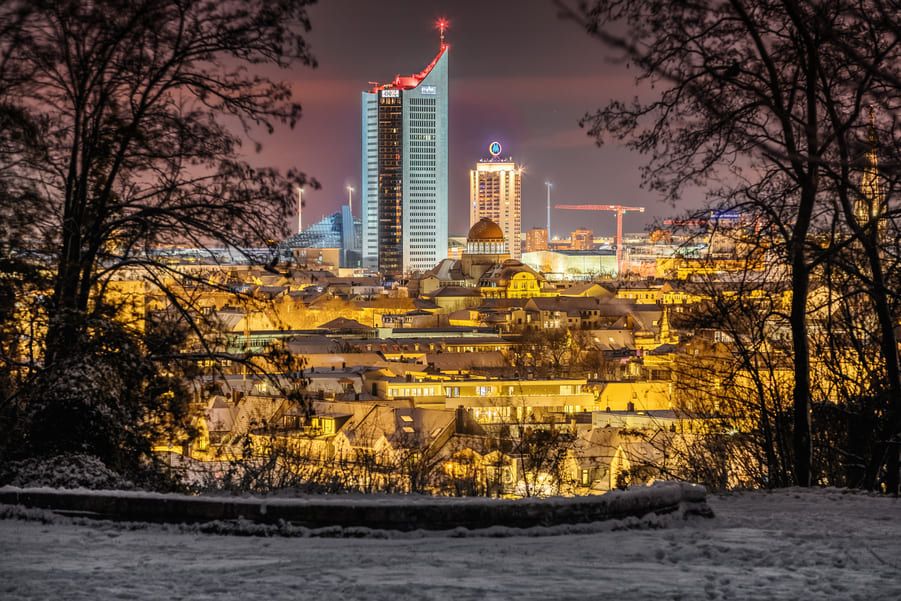Why is it so good to live in Leipzig?

Leipzig is vibrant, growing and bursting at the seams. Young people in particular come and stay. They live and work in former factories or old buildings, helping the city return to its former glory.
Remnants of Leipzig
The brewery was demolished, with only the hot, dusty area remaining and a construction fence around it. Everything went up in a flash. Fortunately, the old worsted spinning mill right next door still stands today.
The old worsted spinning mill, a grey box from another world and time, is now full of people trying something or chasing an idea. It is a place for graphic designers, programmers, painters, photographers, musicians, architects, yoga teachers. It is a resurrection in ruins, a new life, a new job, the start of something different. A pitch for people with more imagination than trinkets. “Leipzig is just waking up”.
Leipzig’s development
Leipzig is growing and growing. It currently has a good 580,000 inhabitants. The fair city is number ten in Germany, but Leipzig is one of the fastest growing cities. 10,000 to 15,000 more inhabitants per year, according to the city hall. New arrivals, more births than deaths since 2014, things are only going up. At least 680,000 inhabitants should live here in 2030. Leipzig, although large in terms of area, is going through a period of maturation. Everything is happening faster than you could ever imagine.
There was a time when the city advertised: “Leipzig is coming!”. It sounded optimistic and grandiose, but it wasn’t true. Leipzig was shrinking and seemed rather lost. Many Leipzigers sought their fortunes in West Germany. Others left the city and moved to the surrounding villages.
Leipzig has problems that the shrinking cities of the Ruhr Area would like to dream of. Growth diseases. Young people are moving to the city, setting up businesses, starting families and needing housing. Of the Leipzig residents who witnessed and pushed the peaceful revolution in 1989, not even half are there today.
At some point, it started. More people from huge but poor Berlin moved to Leipzig than vice versa. Reports were filed and it was claimed that Berlin was ‘finished’. It was a time of hype. The city suddenly became a promise, a magnet, it was different and better. People were coming, moving into Leipzig, empty houses, setting up small businesses. It was then that life returned to the city.
A visit to Paunsdorf, on the eastern outskirts of Leipzig, an industrial estate and in the middle of it a huge government centre, a legacy of the first prime minister of Saxony, Kurt Biedenkopf, who had the place built in a remote area. In three years at the latest, researchers say, the institute wants to return and be in the middle of the city. “Where the people are”.
Moving to Leipzig
Leipzig offers incredibly good living conditions. Even if rents have doubled in the last 15 years, this is nothing compared to Munich, Berlin, Hamburg, Düsseldorf or Stuttgart. Ten to twelve euros per square metre for a luxury flat? Where can you find something like that? In Leipzig it is, no problem. In Leipzig you can also drive into the city centre and find a parking space.
Everything has its price. Even rapid growth. Leipzig cannot economise and for the time being has put on hold the planned debt repayment of €25 million per year, because money is needed for schools and day-care centres. And for affordable housing.
The belt around the city is very tightly packed. Many don’t earn much money: the disposable income of private households averages €16,500 per inhabitant per year. A thousand less than in Dresden. Just five years ago, it was feared that a quarter of households in Leipzig could fall below the poverty line. “We have BMW and Porsche, we have Amazon and DHL” – is how the mayor of Leipzig describes it.
